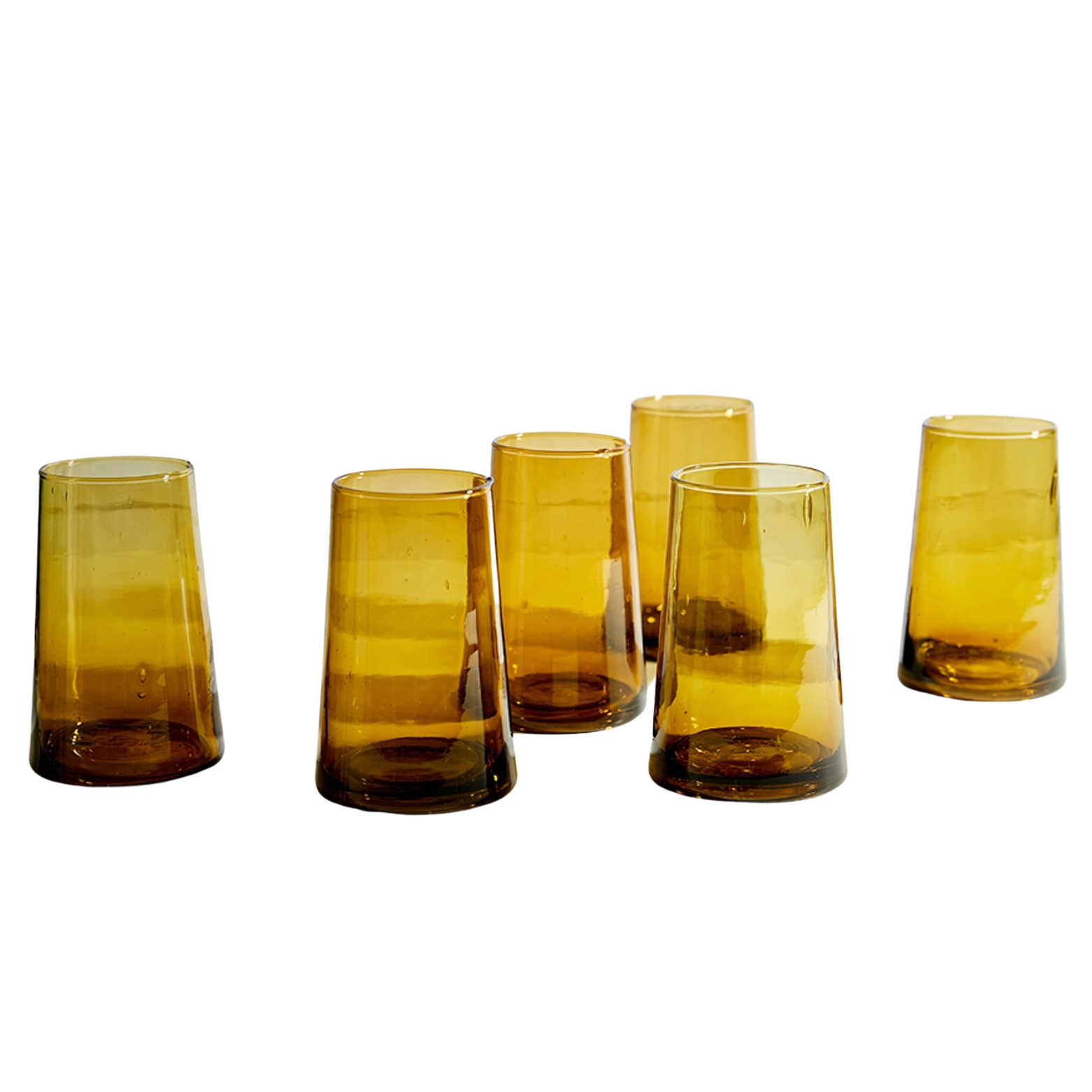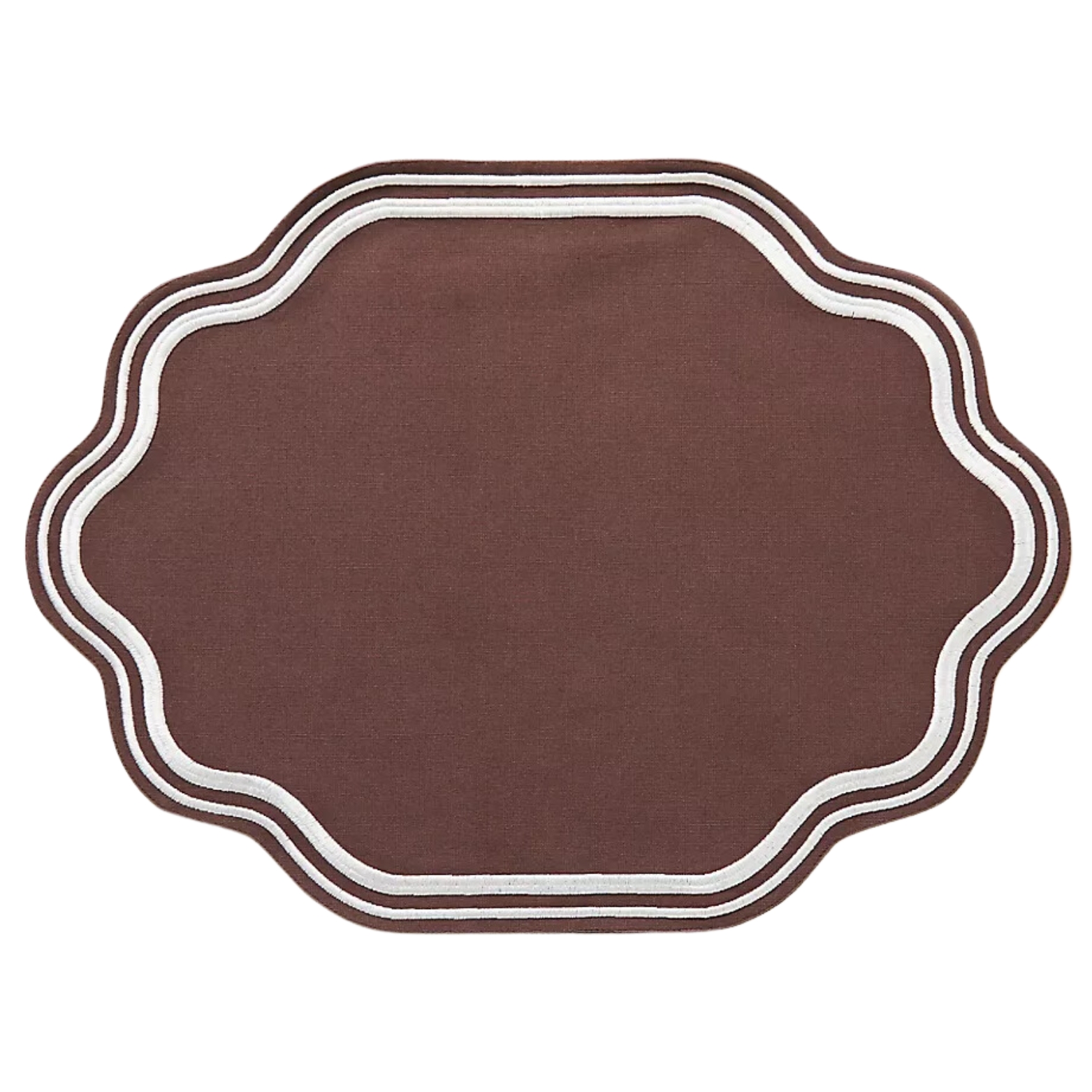How to Set a Table — For Special Occasions or Just a Casual But Classy Lunch
Whether you are going formal or casual, these table setting tips from design experts will help you get your dinner party set up just right
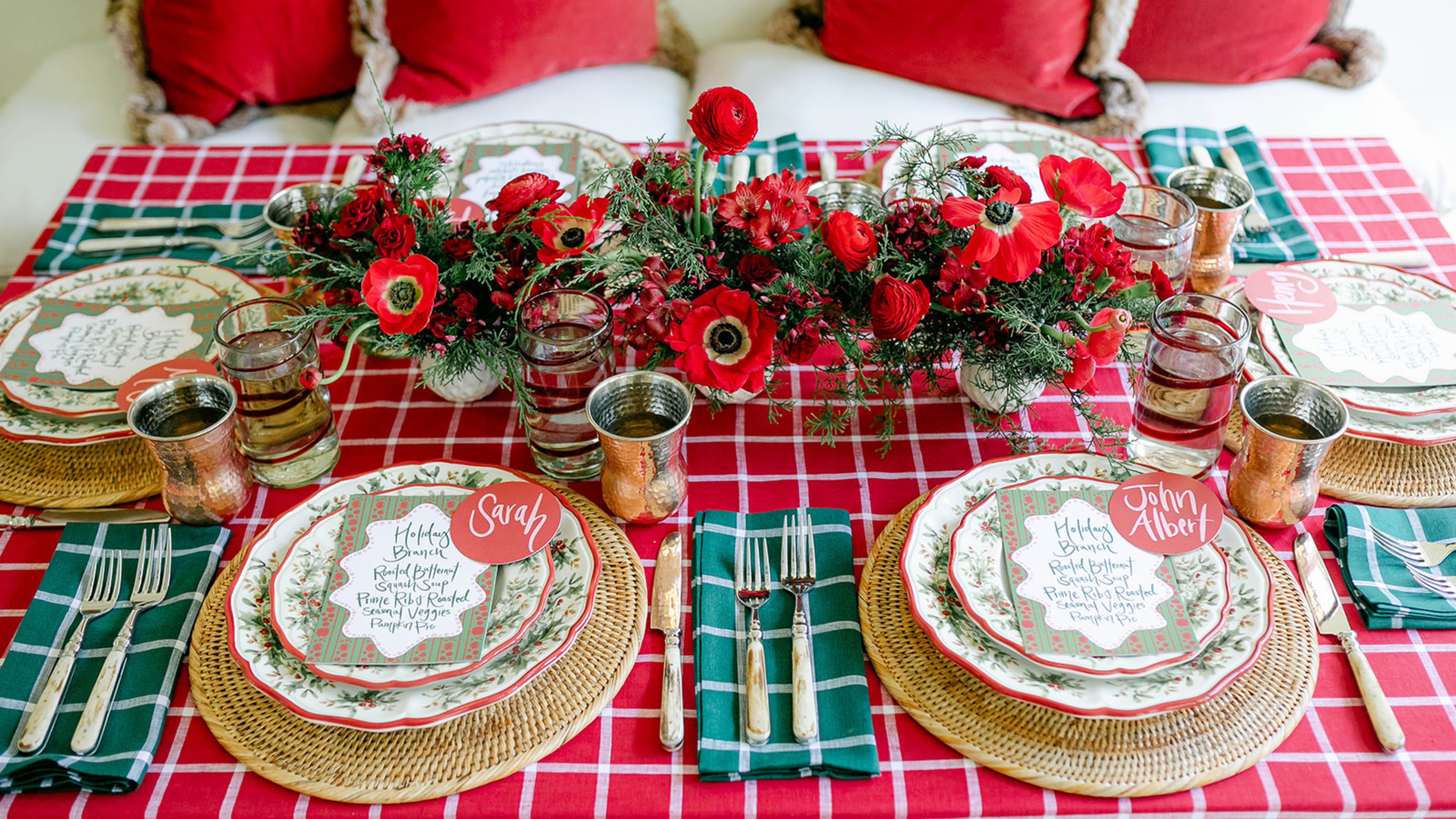

Setting a perfectly laid table is an essential part of hosting. Yes, finding the most stylish napkins and creating a swoon-worthy centerpiece may be the most fun parts of setting up the tablescape, but your dinner table is not ready until your utensils are set into position and each place has all its parts.
Unsure where to start or what dinnerware you need to include? You are not alone; the art of setting a table is a lost art indeed. That is why I have gathered information from expert tablescapers, designers, and table etiquette aficionados to serve up all the tips and tricks need to perfect your holiday table decor ideas.
You may already know some of these tips from dining at fancy restaurants or helping your family set the table as a kid. From casual dinner parties with close friends to formal sit down dinner around the dining room table, here are all the pointers you need to show off your table setting skills.
Basic Table Setting
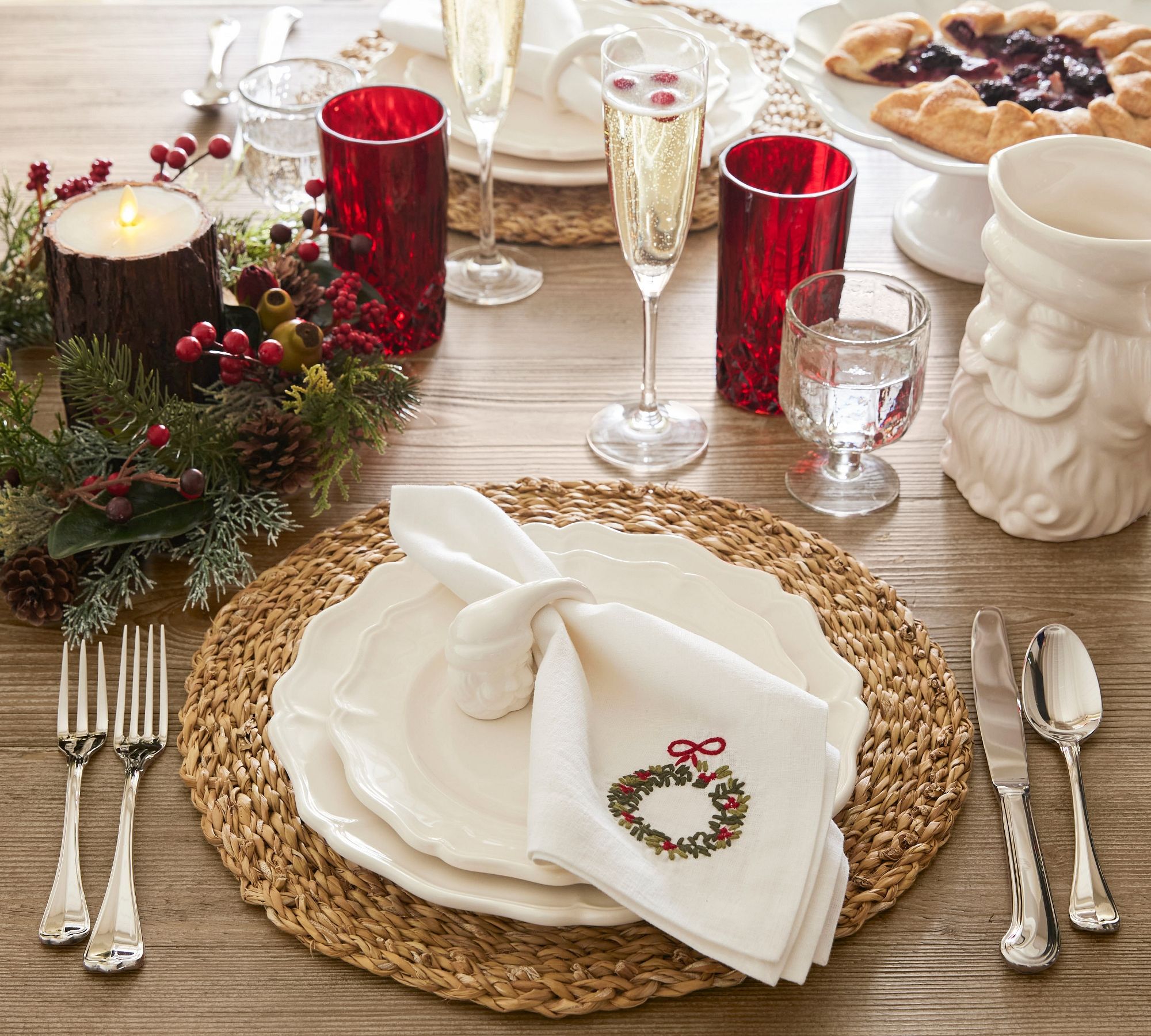
The basic table setting, shown above, includes, as a minimum: a table mat; a plate (or plates if more than one course); the napkin either to the left of the plate, with a fork on top, or in the center of the plate if you want to create a more decorative look; and the knife (blade inwards) to the right of the plate. Just above the knife, off the placemat, sit a water glass.
Table setting: formal or casual?
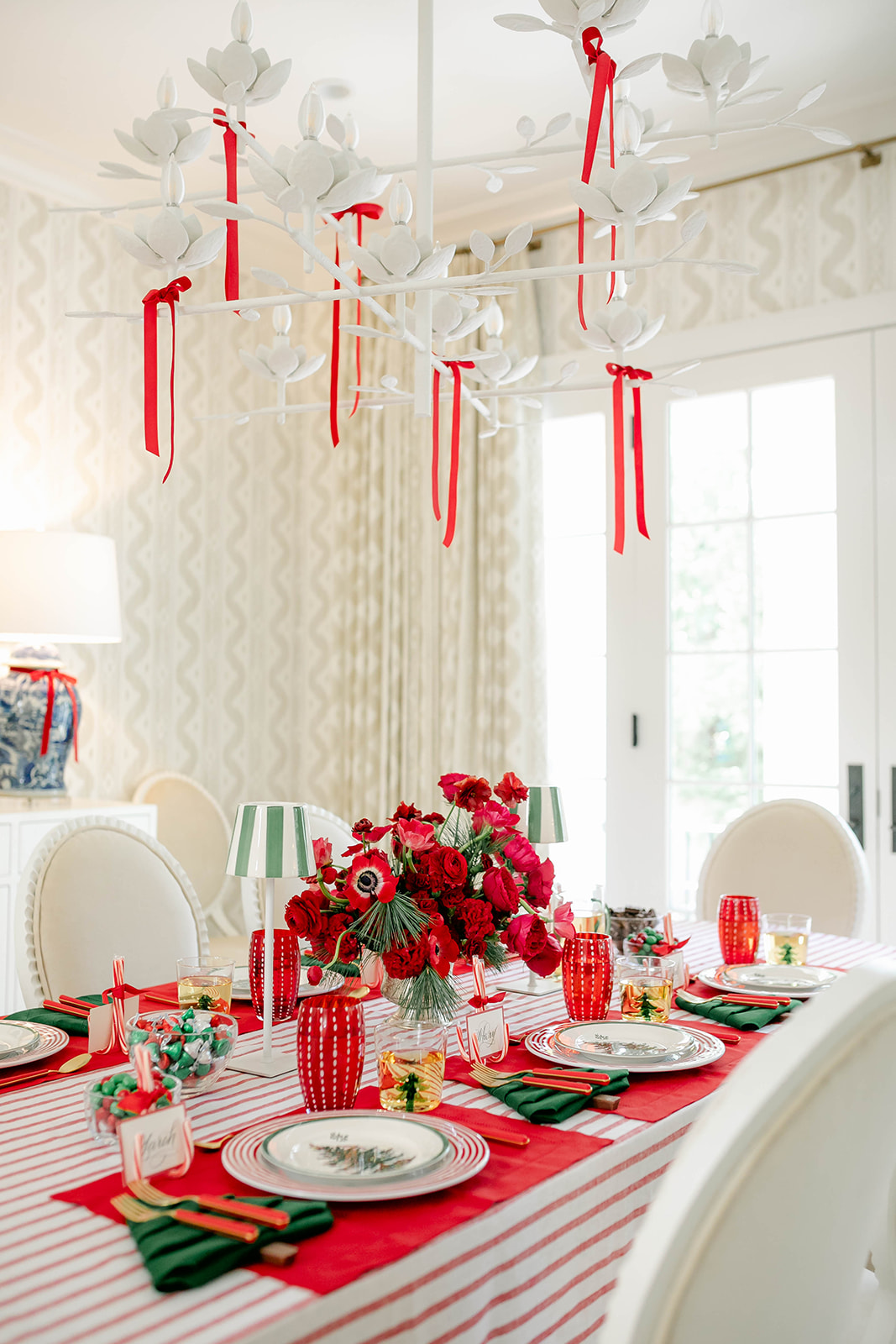
Formal or casual table settings are largely dictated by the mood you want to create, but also what you're serving. The best tip is to think about what your guests will actually be using at the table : are they going to switch between red and white wine, or do they only need one glass; will you be happy for them to have one set of cutlery throughout the entire meal?
Entertaining expert, Mary Hollis Huddleston, says "The main difference between a casual and formal setting is what is included on the table for dinner service. A casual place setting usually includes fewer utensils, dishware and glassware. A formal place setting usually includes more courses with a utensil, glass and plate/bowl that is appropriate to use for every course."
Including all the necessary components both large and small makes your Christmas place setting all the more thoughtful. "Details like this reflect a deeper understanding of hospitality — an understanding I always encourage others to embrace in their own entertaining," says Jamila Musayeva, Author of ‘The Art of Entertaining at Home' (at Amazon). And don't we all want to be the host with the most?
'Every table setting, no matter its simplicity, has a story to tell,' says Atelier Saucier founders, Nikki Reed and Staci Inspektor. 'Think of it as assembling an outfit. Begin with your base layers and embellish them with delightful accessories. Each element contributes to the evolving story of the setting, weaving a charming and captivating tale for all present.'
Now it is time to get the tips on how to get it right.
Setting the Table For a Casual Dinner
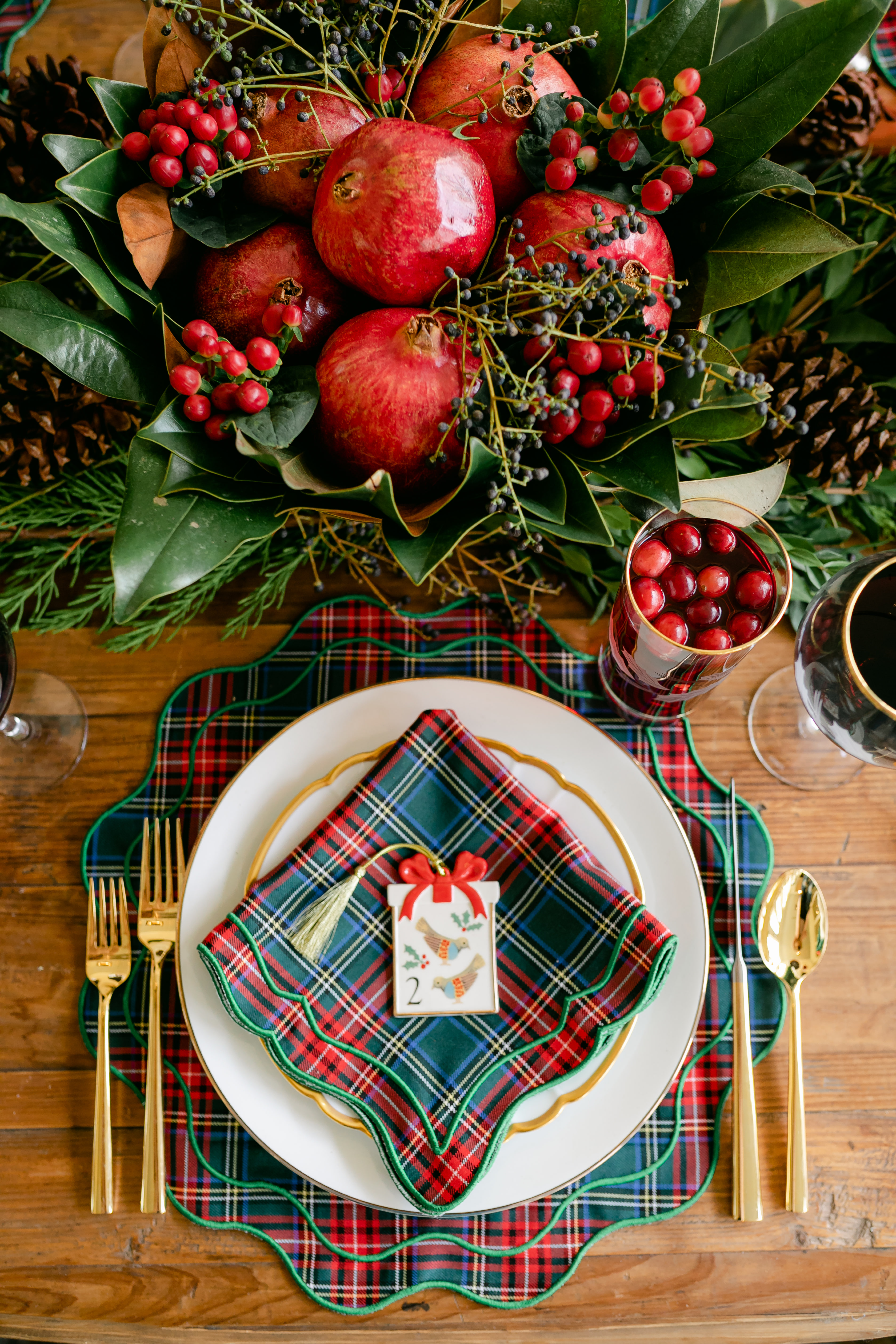
Not every dinner is a formal event. In fact, my favorite dinner parties are usually the ones that are low-stress and in a casual setting. But that is not to say that you cannot still wow your guests with a well-laid table. Here are some necessities for a casual dinner:
- The Plates: For a casual three-course dinner, you typically include a salad/appetizer plate, dinner plate, and bread plate. A charger plate is unnecessary, "unless you want to add it in as additional décor to your tablescape," says Mary.
- Utensils: Include a dinner fork, salad fork, dinner knife, and butter knife. You only include a soup spoon if needed. "Some people like to include a salad/appetizer knife as well, but I rarely do," says Mary. In casual settings the fork and knife can be place together, or placed (as usual) with the fork on the left and the knife and spoon on the right.
- Linens: "Linen napkins are definitely the go-to. The simplest yet still chic place setting features a linen napkin," says stylist and tablescape designer, Liz Barbatelli. You can either fold the napkin, or simply place it on the plate with a ring (napkin decor is always a chic idea). As for table linens, Mary suggests a placemat over a full tablecloth for a more casual table setting.
- Glassware: On a casual table you only need a water glass and wine glass. Mary says "one wine glass will do, even if you offer red and white wine. Oftentimes your guests will bring whatever cocktail they were drinking prior to dinner with them to the table, which is perfectly acceptable in my book."
"If you want to set a very basic table, you just need a dinner fork, dinner knife, soup spoon (if needed), water glass, and a napkin. This setting is more about functionality, simplicity, and approachability," says Mary. Ultimately, in a causal table setting there is a bit more room to have fun.
Shop the Essentials
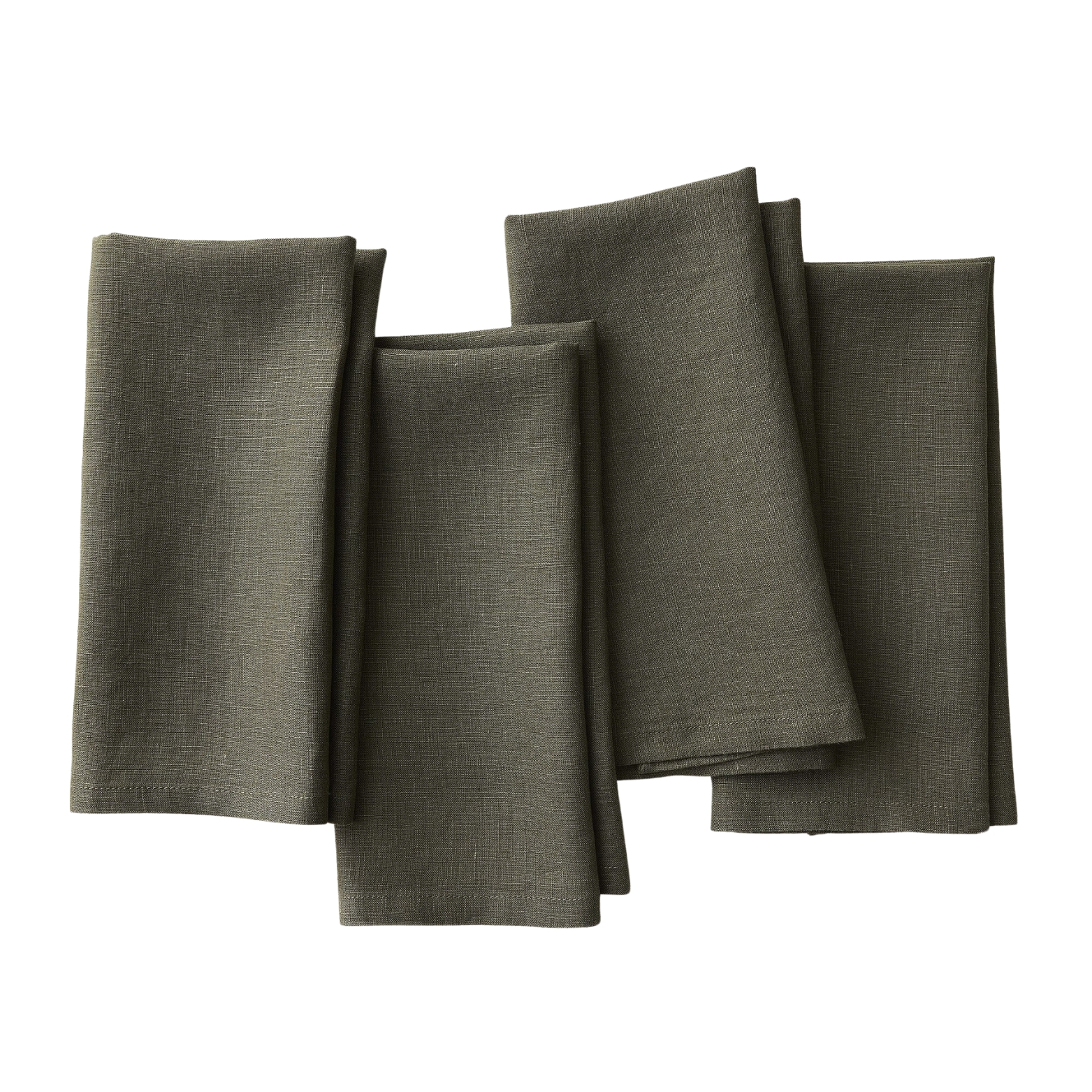
Price: $40, Set of Four
Color: Dark Olive
A linen pair like this one will work in any setting. Though I am obsessed with this olive green (it is a neutral in my book) this set from West Elm comes in several different colors to choose from.
Setting the Table for a Formal Dinner
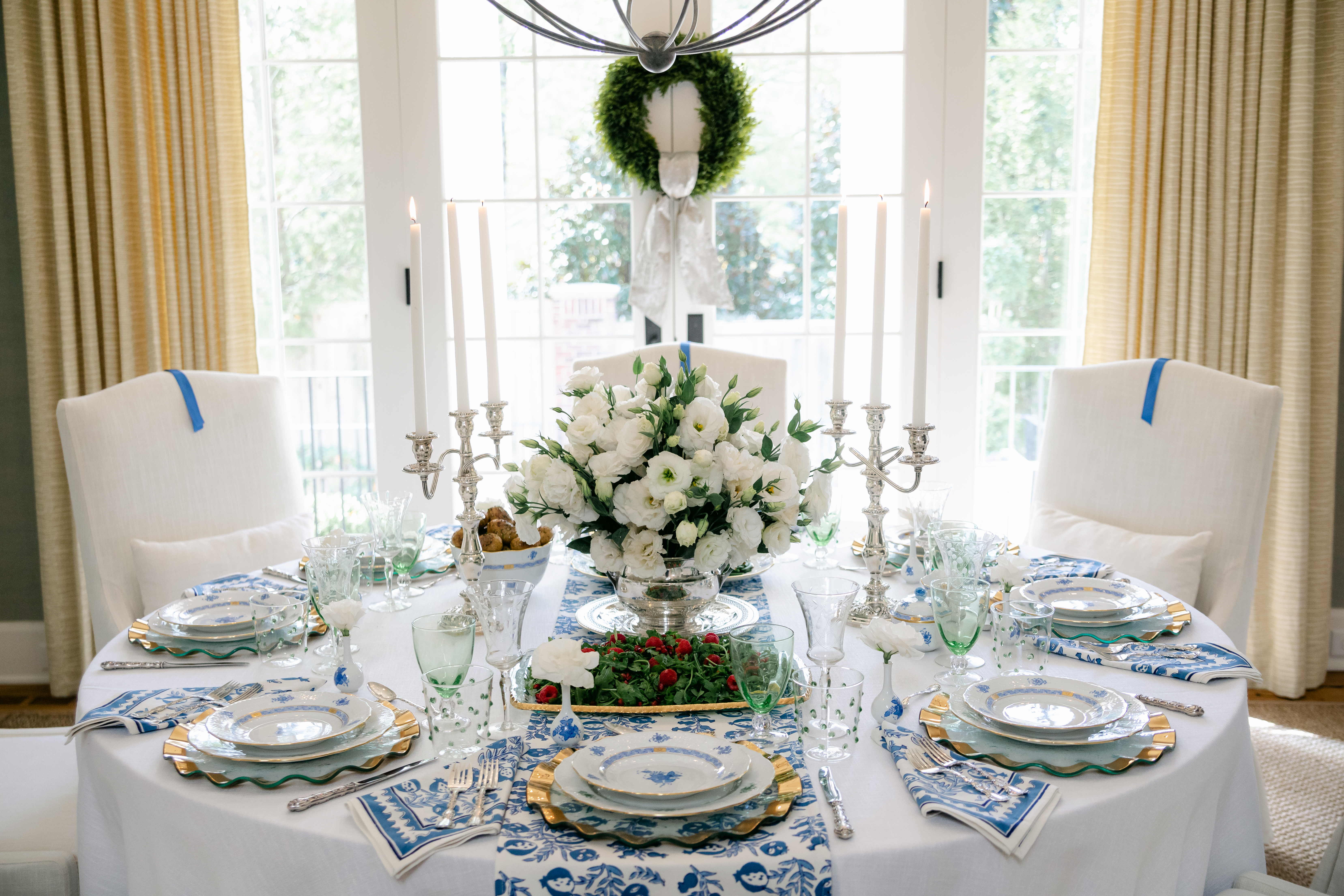
It is always fun to play dress up and bring out all the best dinnerware sets. However, if you want to stay true to the traditions of a formal table setting, there are a few extra details to include. These moments signal to your guests that you have thoughtfully considered their comfort and convenience.
Here are the essentials:
- The Plates: "The go-to formal table setting includes a charger plate (also known as a service plate), dinner plate and bread/butter plate. "Don’t forget a bread plate with a butter knife placed to the top left of the main plate," says Jamila Musayeva, Author of ‘The Art of Entertaining at Home'
- Place Cards: "I like each place setting to have a place card because not only is the food and drink important, but conversation is the key to a good dinner party," says table setting expert and owner of Salon 21, Alex Bass. These are most often set on top of the napkin or above the dinner plate.
- All the Right Silverware: On more formal tables you include a salad/appetizer fork, dinner fork, fish fork, dinner knife, appetizer/fish knife, soup spoon and oyster fork. You also include a butter knife, dessert spoon and dessert fork. "Arrange utensils in the order of use, starting from the outermost edge—forks to the left, knives and spoons to the right, with dessert utensils above the plate," says Jamila.
- Nice Glassware: Formal tables should be set with a water glass, wine glass, and champagne glass. You can even "provide dessert wine or brandy in appropriate glasses and coffee in coffee or demitasse cups and saucers only to those who are indulging,' says Liz.
- Linens: White linens are considered the most formal, but colored ones can work as well. A crisp linen napkin is folded and set on the dinner plate.
- Florals: A floral centerpiece is a must at a formal table setting.
Shop the Essentials
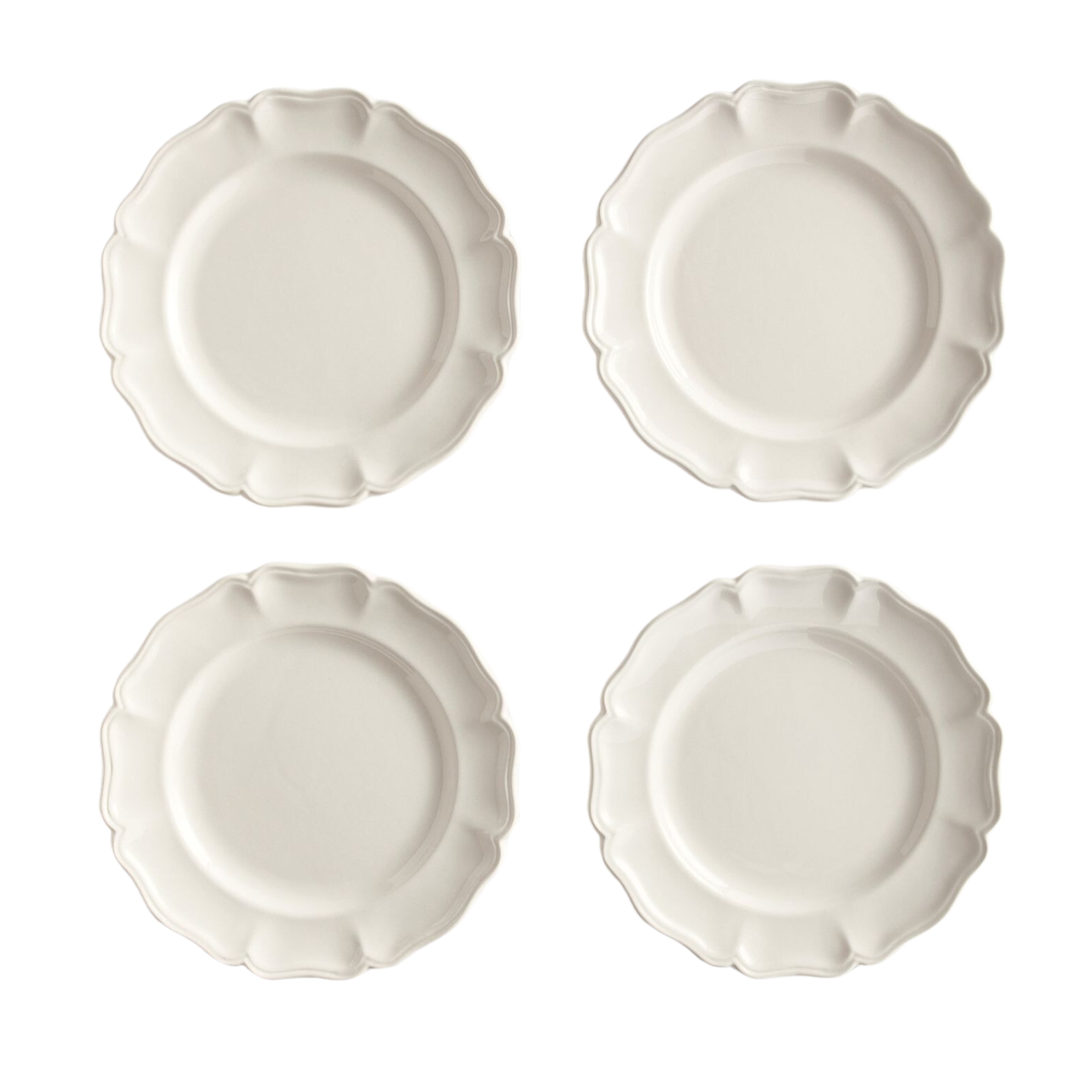
Price: $24
Quantity: Set of Four
A bread plate is my favorite lesser known item to include in a place setting. This set from Pottery Barn is the perfect creamy white that can either be dressed up or dressed down, so you can make the most of them no matter your dinner party plans.
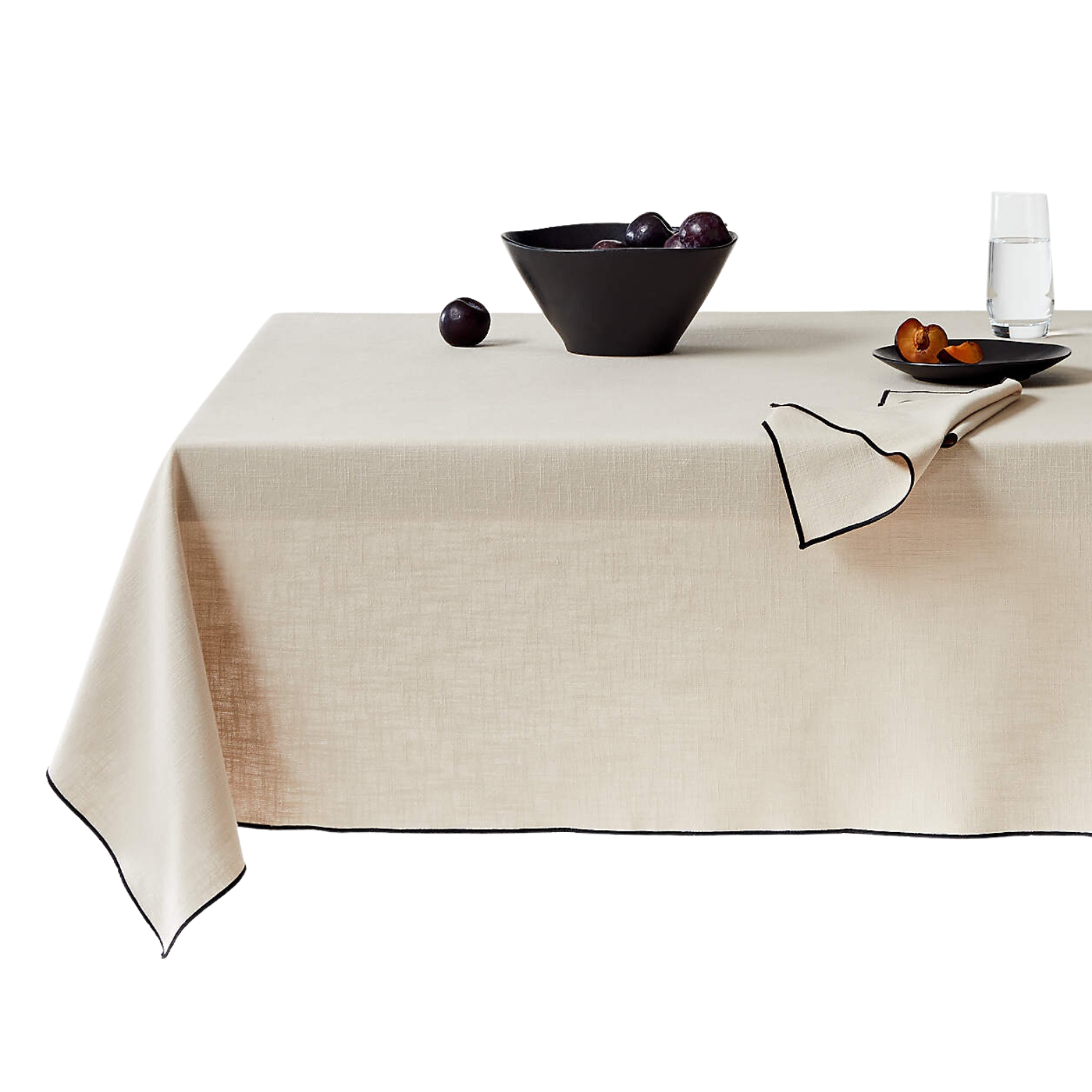
Price: $99.95
Size: 120" L x 60" W
This off-white tablecloth from Crate and Barrel oozes elegance, and the subtle black trim around the edge is the cherry on top. The design is so simple, but the simple color is perfect for formal dinners. The best part? It is machine washable!
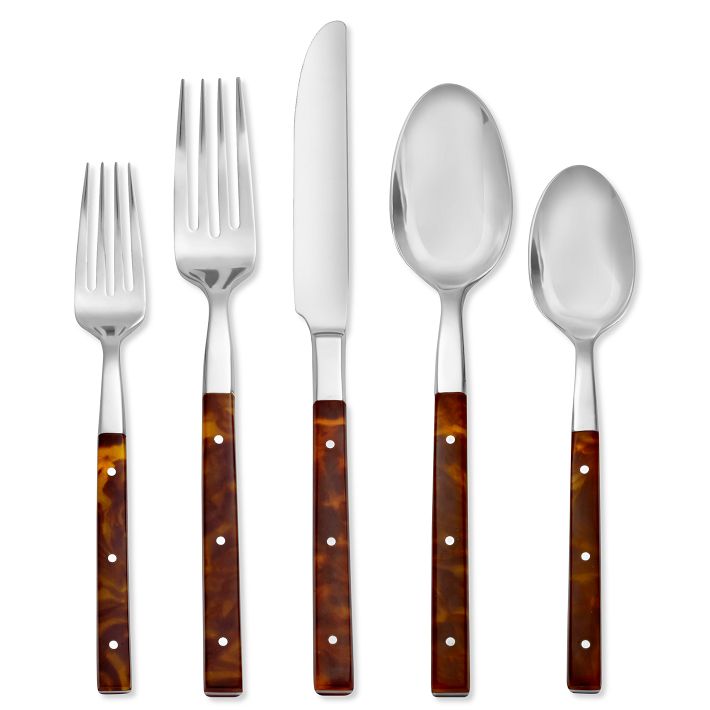
Price: $115
Quantity: Five Piece Set
For a formal dinner, you are going to need all the proper utensils. This tortoise set from West Elm is the stylish way to refresh your silverware - plus tortoise decor is very on-trend. They are another item that can be dressed up or down depending on your evening plans.
Now that you are ready to set your table like a pro, it is time send out the dinner party invites!
Be The First To Know
The Livingetc newsletters are your inside source for what’s shaping interiors now - and what’s next. Discover trend forecasts, smart style ideas, and curated shopping inspiration that brings design to life. Subscribe today and stay ahead of the curve.

Olivia Wolfe is a Design Writer at Livingetc. She recently graduated from University of the Arts London, London College of Communication with a Masters Degree in Arts and Lifestyle Journalism. In her previous experience, she has worked with multiple multimedia publications in both London and the United States covering a range of culture-related topics, with an expertise in art and design. At the weekends she can be found working on her oil paintings, reading, or antique shopping at one of London's many vintage markets.
-
 Iridescence Is Chrome’s More Playful, Hard-to-Define Cousin — And You're About to See It Everywhere
Iridescence Is Chrome’s More Playful, Hard-to-Define Cousin — And You're About to See It EverywhereThis kinetic finish signals a broader shift toward surfaces that move, shimmer, and surprise. Here's where to find it now
By Julia Demer
-
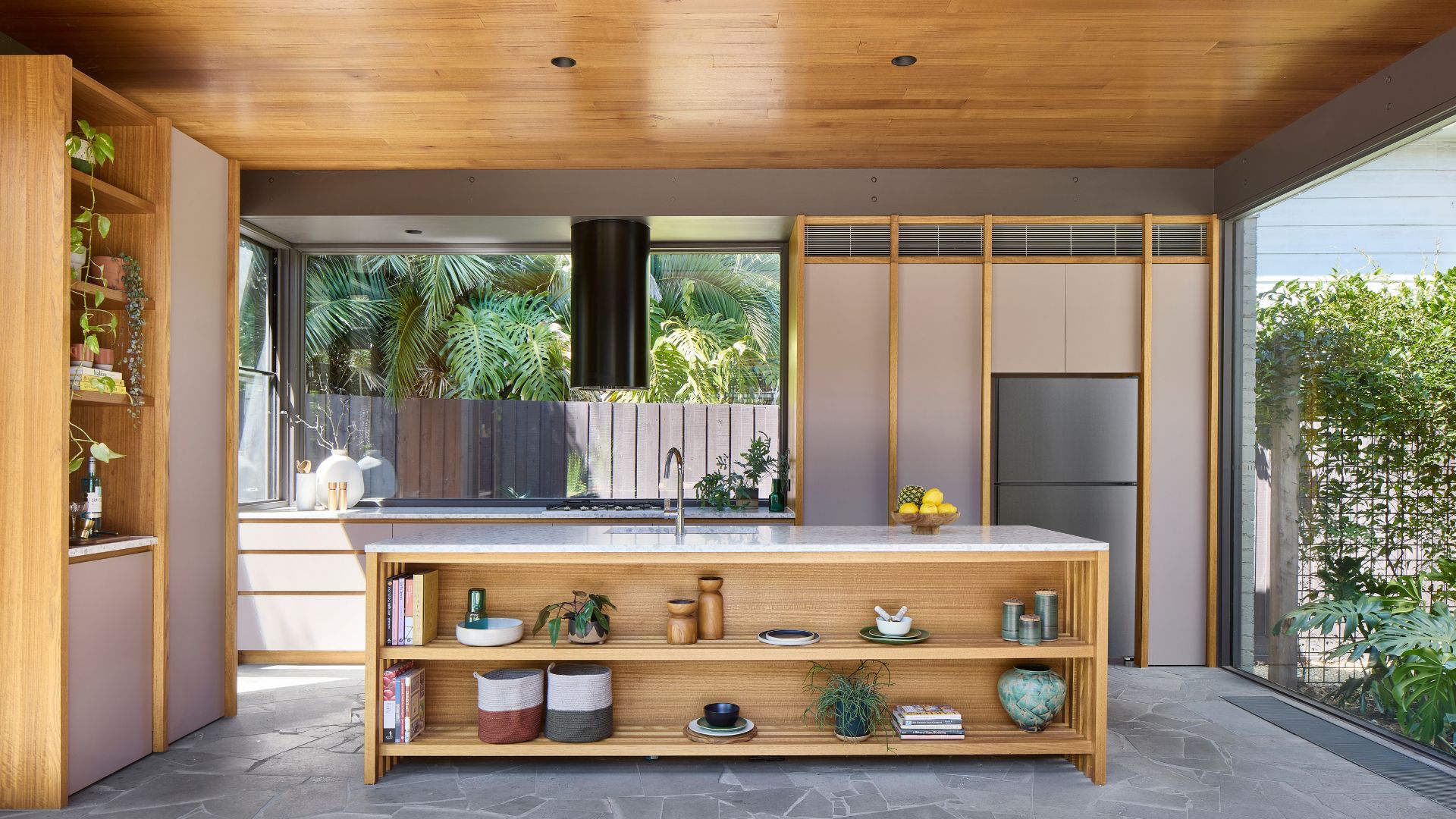 Biophilic Decluttering — What to Take Out of Your Home (and What to Put in) for a More Natural Home
Biophilic Decluttering — What to Take Out of Your Home (and What to Put in) for a More Natural HomeTry your hand at biophilic decluttering to ground your interiors, connect to the environment, and cure chronic clutter in one go. Here's how.
By Amiya Baratan
-
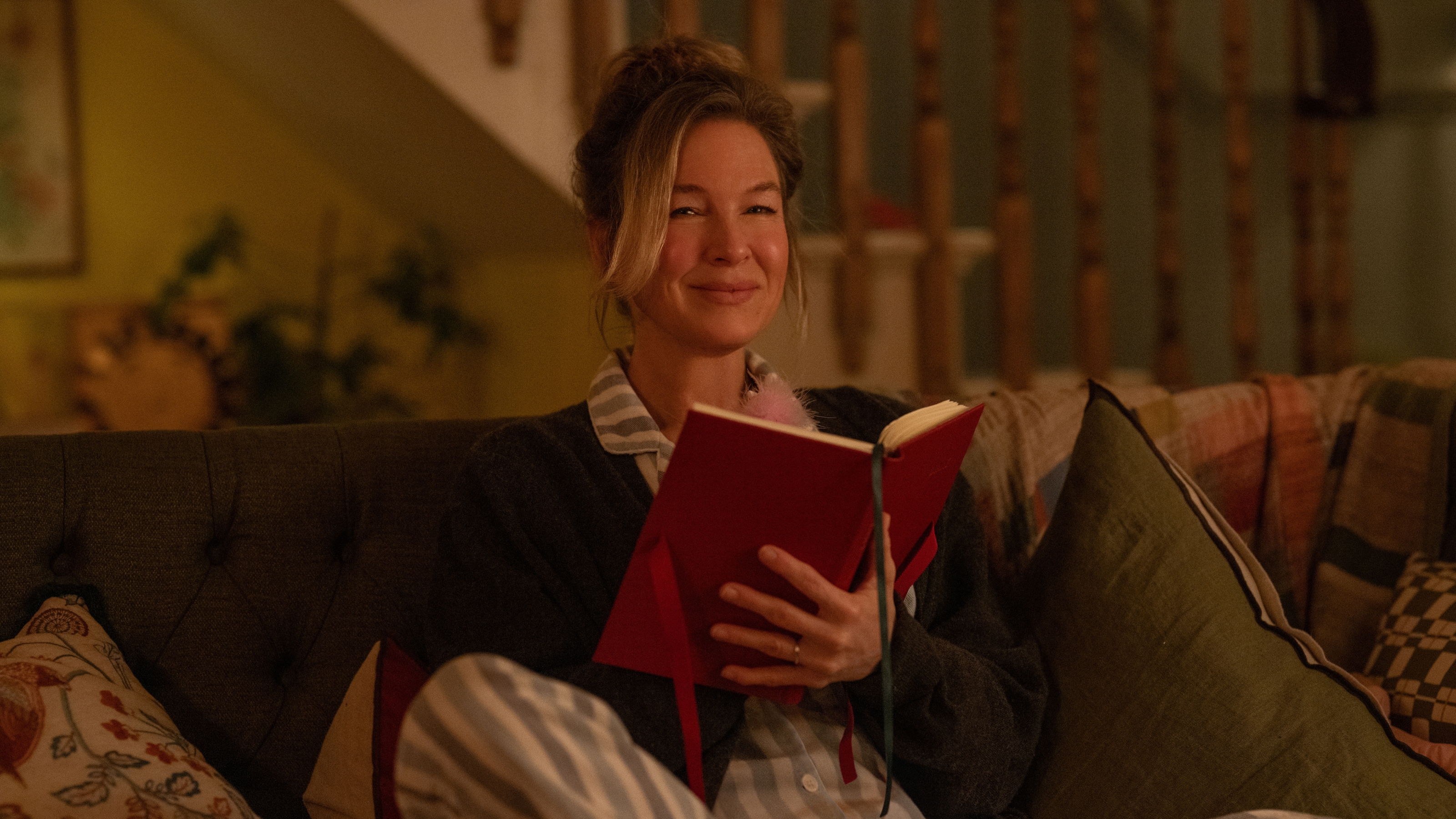 "It's Wonderful Chaos" — How Mad About the Boy's Set Designers Captured Bridget Jones' Style in Her New Home
"It's Wonderful Chaos" — How Mad About the Boy's Set Designers Captured Bridget Jones' Style in Her New HomeBridget may be mad about the boy, but here at Livingetc, we're mad about her house. Here are the design details to watch out for
By Olivia Wolfe
-
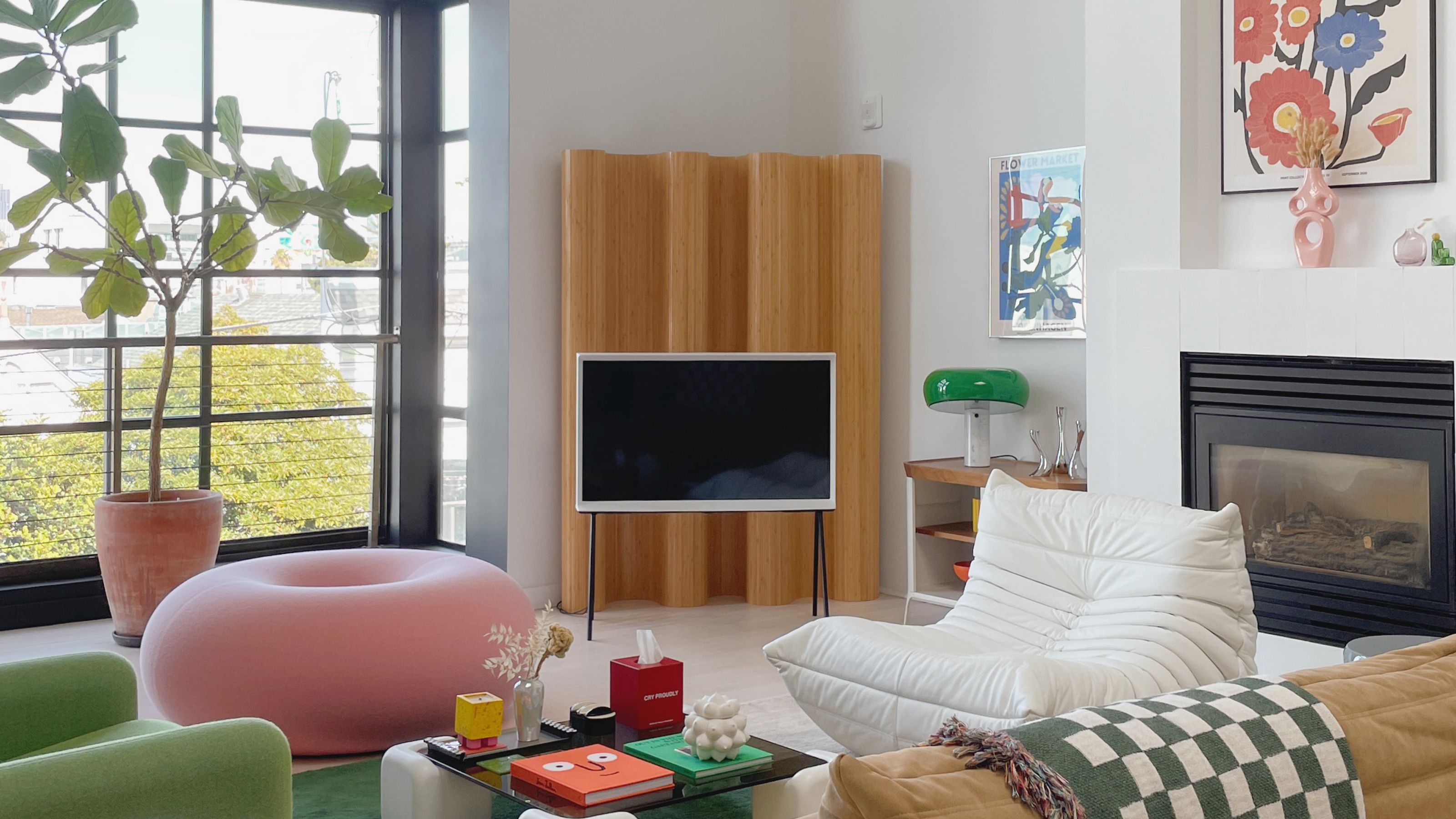 This Wavy Room Divider May Be Everywhere Right Now, but It's Actually an Iconic Design That Dates Back to the '30s
This Wavy Room Divider May Be Everywhere Right Now, but It's Actually an Iconic Design That Dates Back to the '30sRoll it up or let it wave, this wooden screen is reminiscent of a 1930s design and adds instant character to your room
By Olivia Wolfe
-
 Curtains Are No Longer Just for Windows — I'll Be Putting Them Behind My Bed From Now On, and Here's 7 Ways to Do it
Curtains Are No Longer Just for Windows — I'll Be Putting Them Behind My Bed From Now On, and Here's 7 Ways to Do itNo window, no worries. This clever design idea adds instant softness and style to your space (and even scores points for functionality)
By Olivia Wolfe
-
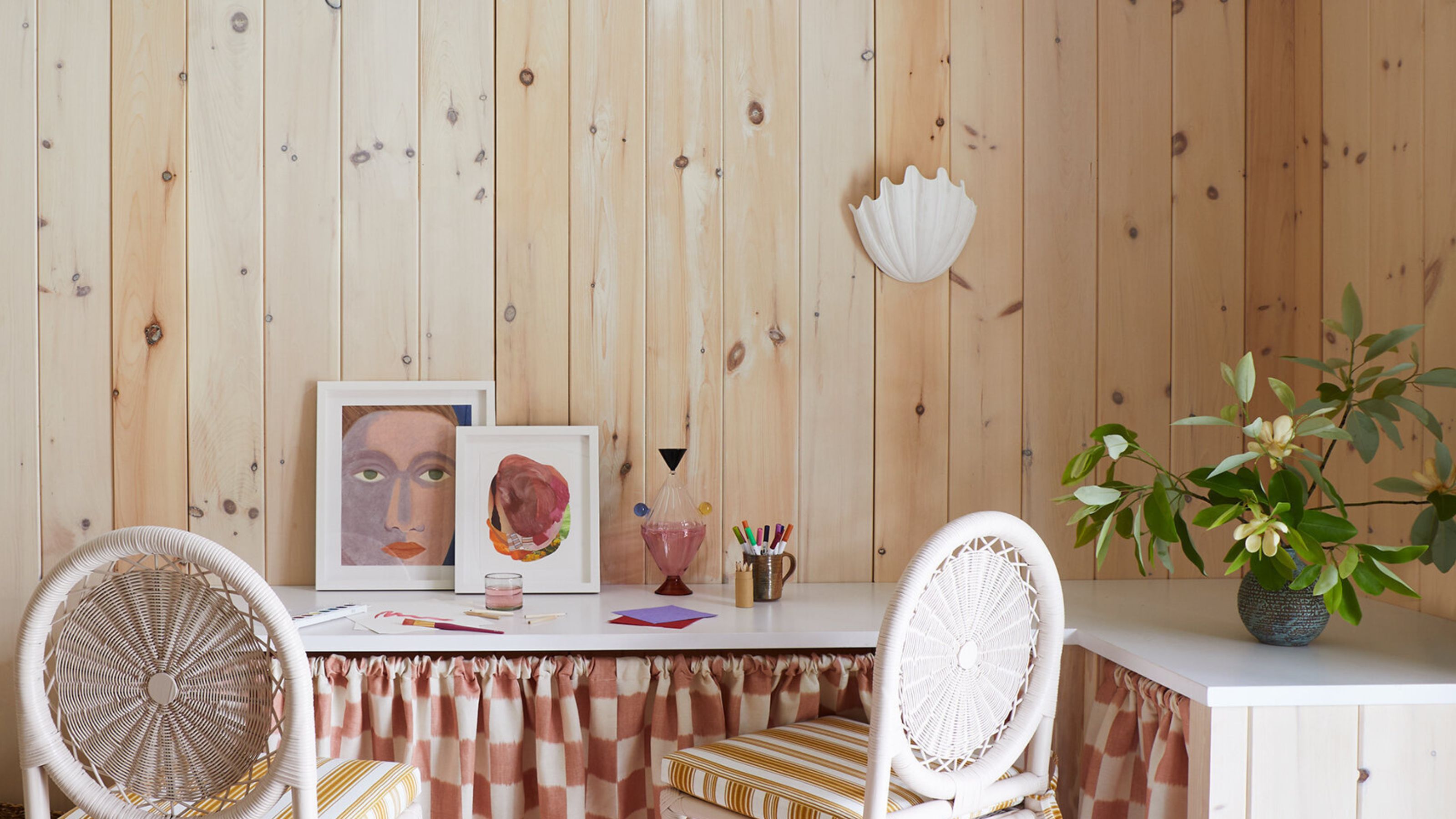 Skirted Tables Usually Make Me Cringe, but This Interior Designer Found a Way That Looks Cool (and Hides Clutter)
Skirted Tables Usually Make Me Cringe, but This Interior Designer Found a Way That Looks Cool (and Hides Clutter)This ain't your grandmother's old skirted table — this interior designer has found a fun way to reimagine the dated design detail
By Olivia Wolfe
-
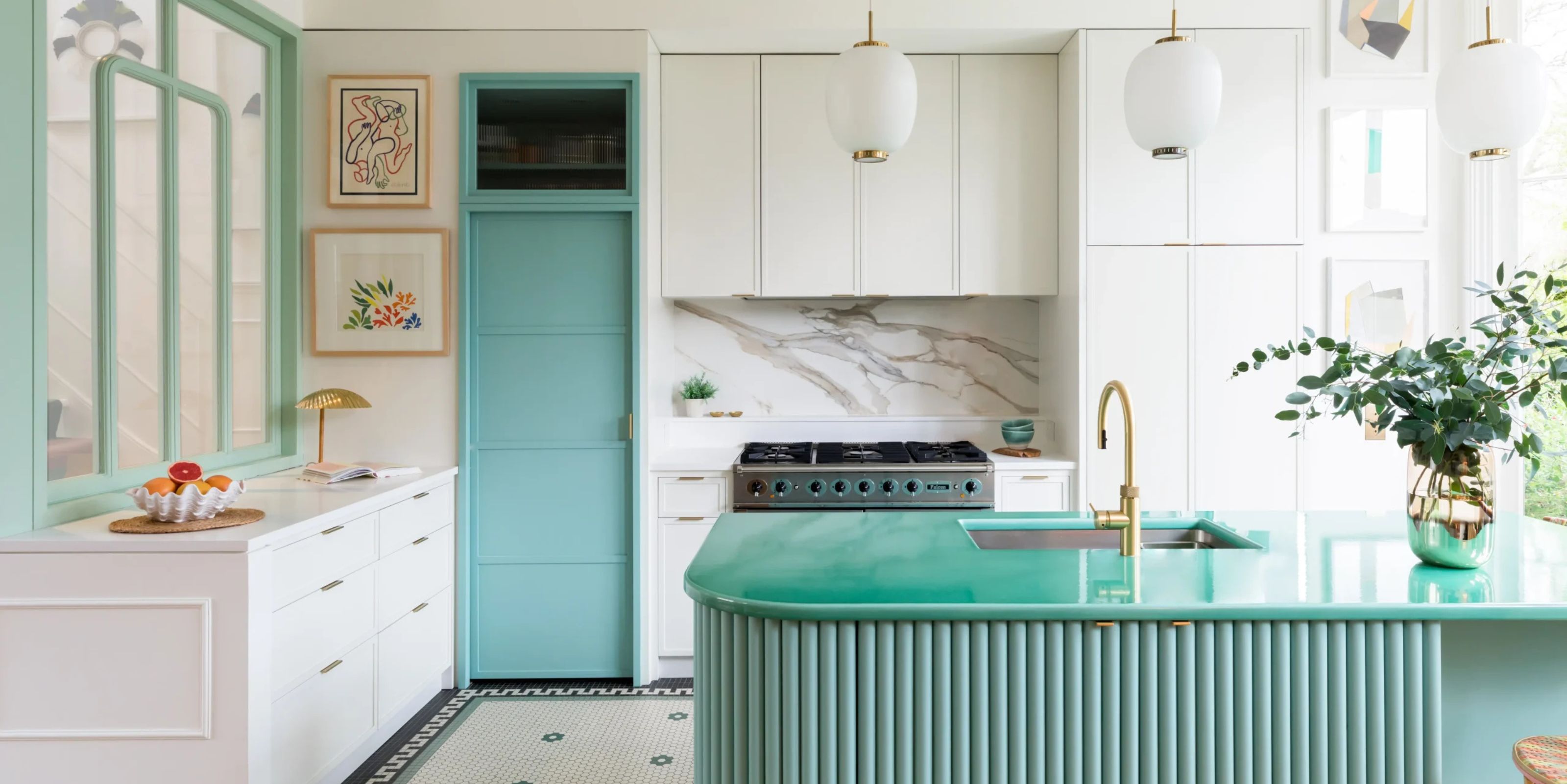 4 Stylish Lava Stone Countertop Ideas — The High-Gloss, Candy-Colored Kitchen Surface You're About to See Everywhere
4 Stylish Lava Stone Countertop Ideas — The High-Gloss, Candy-Colored Kitchen Surface You're About to See EverywhereComing in every color of the rainbow, lava stone countertops feel modern and timeless with these styling tricks from interior experts
By Olivia Wolfe
-
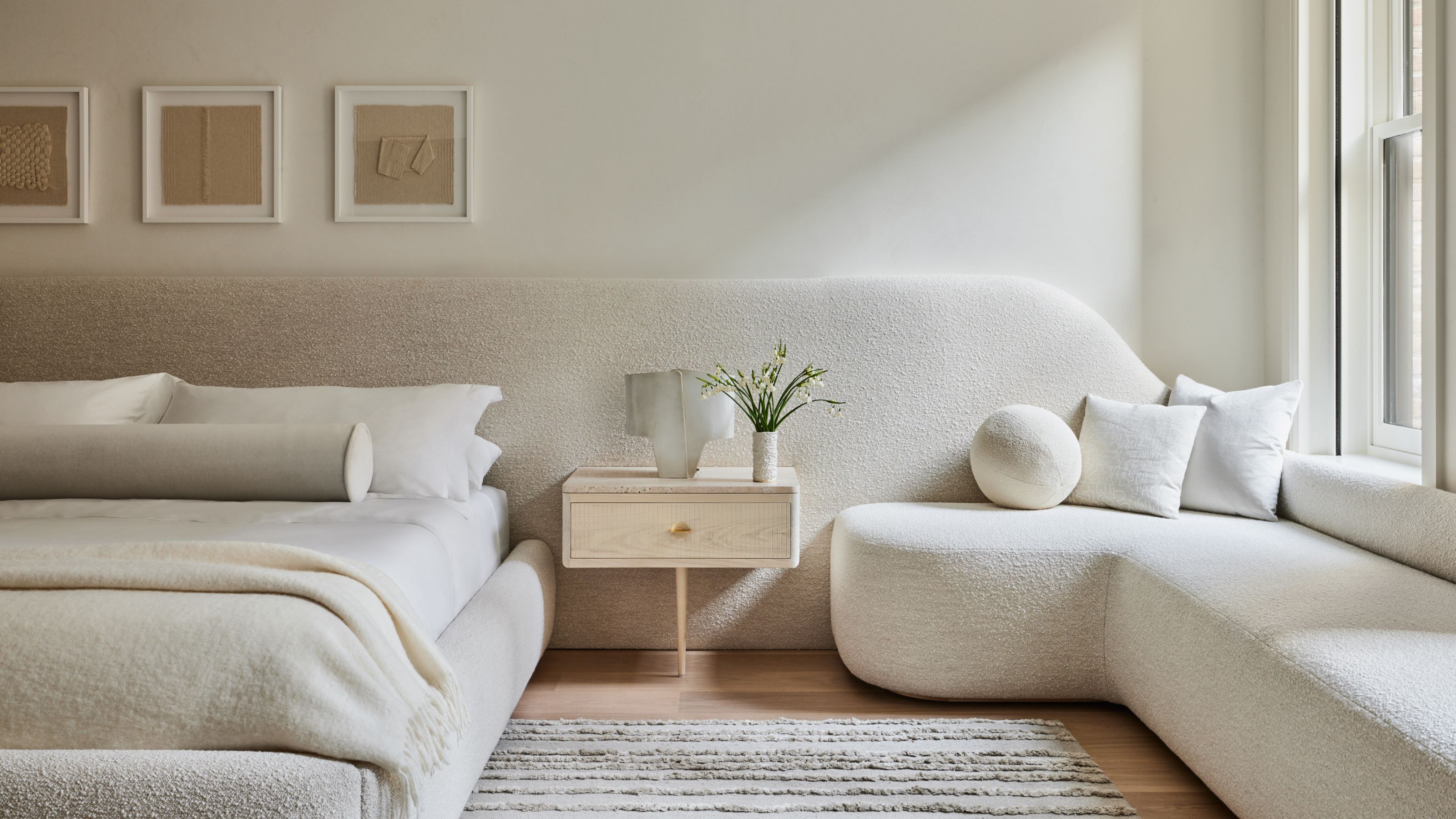 Extended Headboards Are Going to Be Big in 2025 — 5 Reasons Why They Make Every Bedroom Look Bigger, Better and More Expensive
Extended Headboards Are Going to Be Big in 2025 — 5 Reasons Why They Make Every Bedroom Look Bigger, Better and More ExpensiveA headboard that stretches beyond just the length of the bed is the little something extra your space needs
By Olivia Wolfe
-
 Zebra is the Animal Print We're Wild For in 2025 — Here's How to Style it and Where to Shop it
Zebra is the Animal Print We're Wild For in 2025 — Here's How to Style it and Where to Shop itIt's bold, exciting, and a bit risky
By Olivia Wolfe
-
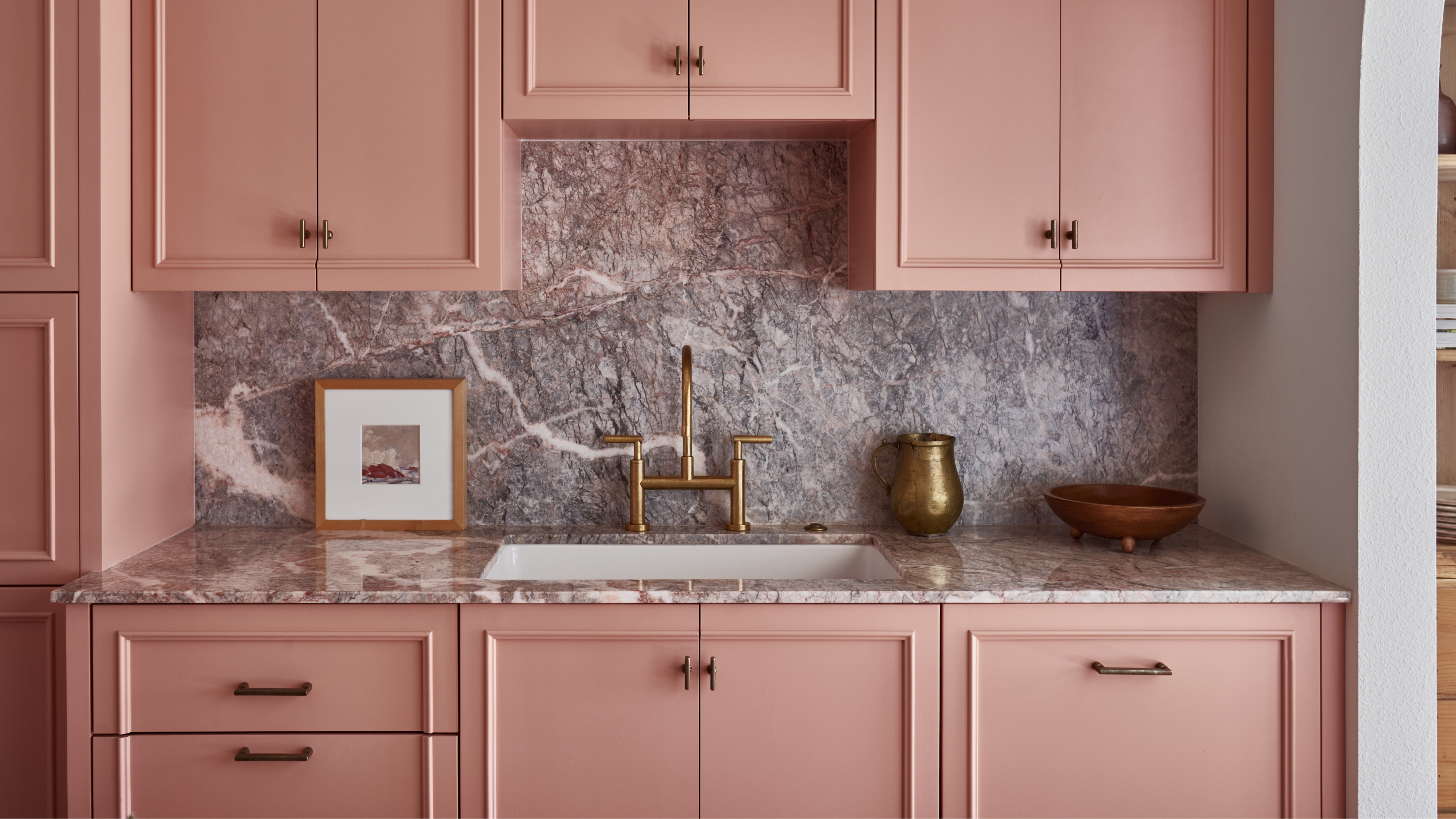 Is 'Dusty Pink' the Most Exciting New Neutral for Kitchen Cabinets? Here's Why Designers Champion This "Warm, and Space-Expanding" Shade
Is 'Dusty Pink' the Most Exciting New Neutral for Kitchen Cabinets? Here's Why Designers Champion This "Warm, and Space-Expanding" ShadeEverything you need to know to give your kitchen cabinets the refresh they deserve
By Olivia Wolfe
